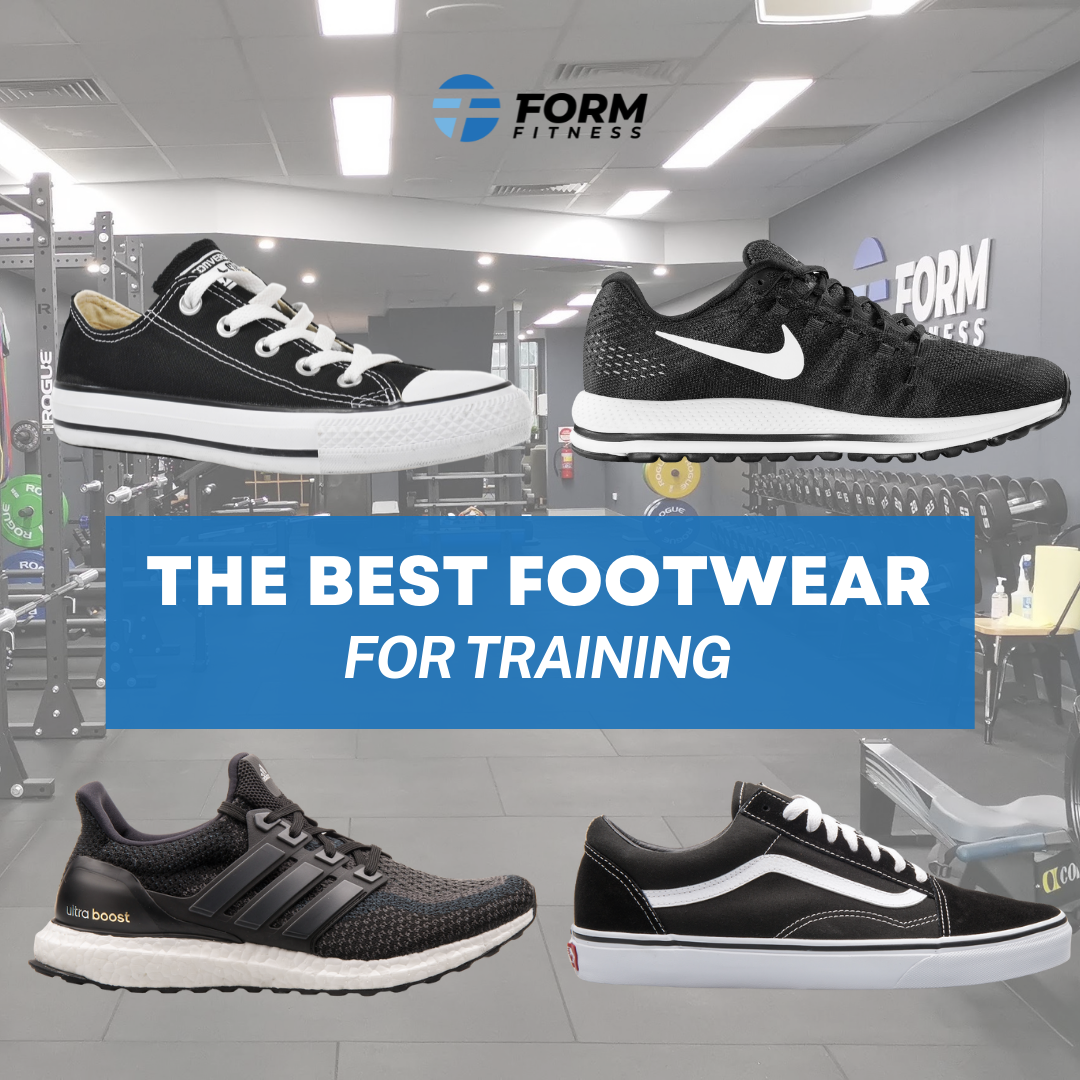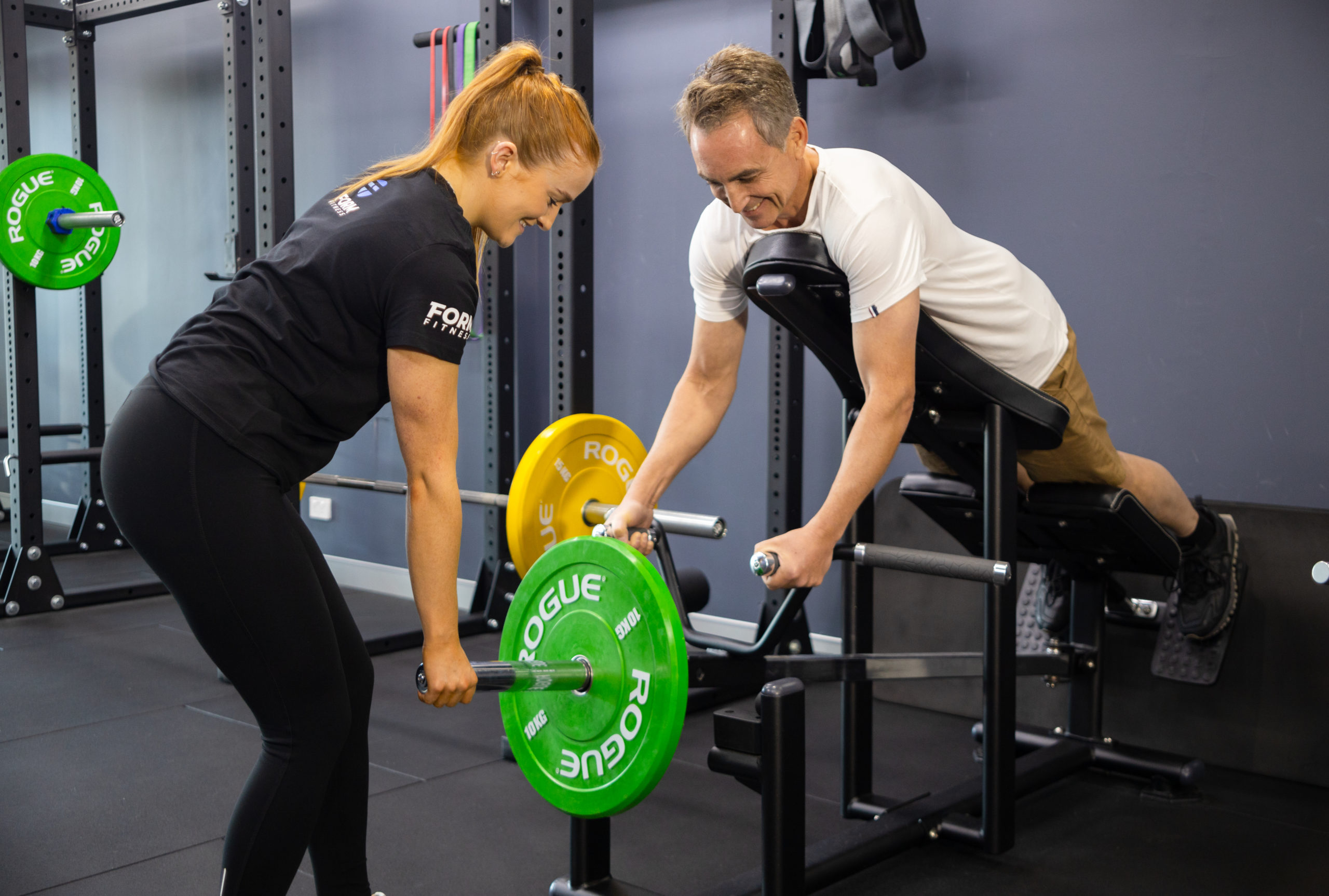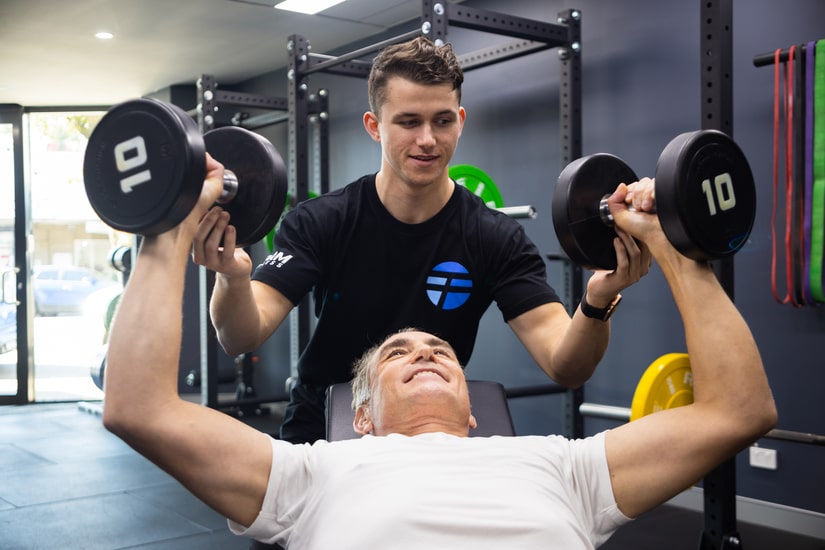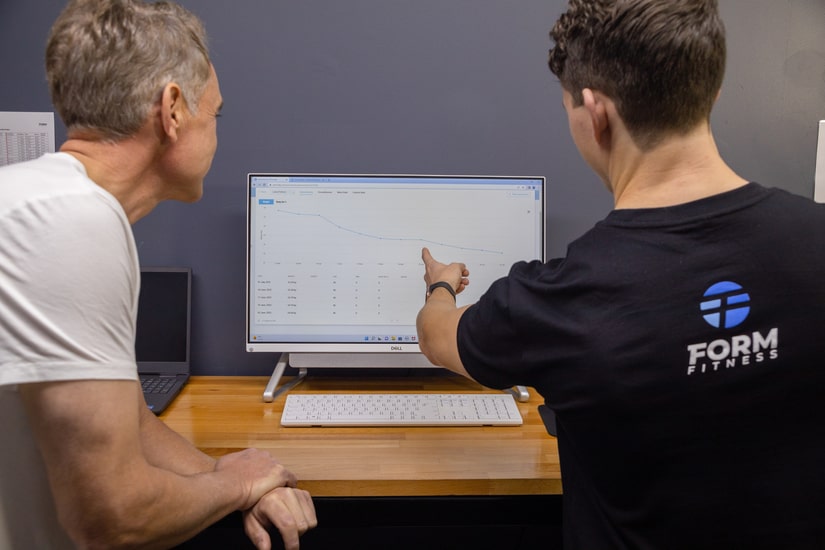What Footwear is Best for Training?
When you enter a gym, take a look at what people are wearing on their feet.
You will notice people are wearing all sorts of different shoes.
Some people are wearing joggers (Asics, Nike, Brooks or Adidas) and others are wearing more flat sole style shoes (Converse, Lacoste or Vans).
Depending on what type of training you are doing, may require you to wear a particular type of shoe.
If you are planning on spending your time running on the treadmill or using other cardio machines, then a soft padded running shoe would probably be ideal, as the shoe will absorb shock with its cushioning.
At Form fitness, we encourage our members to add walking or running to compliment their weight training.
If you are planning on getting outside and pounding the pavement, we recommend you do this with a running shoe to absorb shock and support your arch to guide your feet into the correct position.
Going to a running or walking shoe specialist like Shoe Guru in St Ives Village and having one of their staff assess the best shoe and fit would be beneficial.
However, when it comes to weight training, it can be a different story.
When you are squatting or deadlifting, you want a firm, flat shoe.
Trying to squat or deadlift in a running shoe would be like lifting on top of a big marshmallow. Not very stable!
Unlike running shoes, which have an elevated heel (some up to 12-14mm) to help provide shock absorption and propel the wearer forward, flat soles do not.
When you are squatting or deadlifting, you want to make sure you have your weight evenly distributed through the foot.
Benefits of a flat sole shoe:
- They allow you to transfer your weight toward the heels, allowing you to distribute your weight more evenly, preventing you from tilting forward during a lift, causing you to lose balance.
- They have a firm sole which allows the foot to be more stable. This is especially important for our clients that are moving a decent amount of weight.
- The thinner sole will allow the lifter to transfer force through their feet into the ground with no movement in the heel.
- When performing a deadlift they reduce the distance the bar needs to travel and how far down you need to reach for the bar. This means more weight can be put into the working muscles (glutes, hamstrings and quads) and not the lower back.
My favourite shoes to lift weights are converse however, you can get away with wearing many other similar flat sole shoes.
Please keep in mind that not everyone needs to wear these shoes. If you are just beginning your training, don’t feel that you need to race out and buy shoes for the gym .
It is always best to discuss with your coach when it would be a good time to transition to a flatter style footwear.
Jera.






